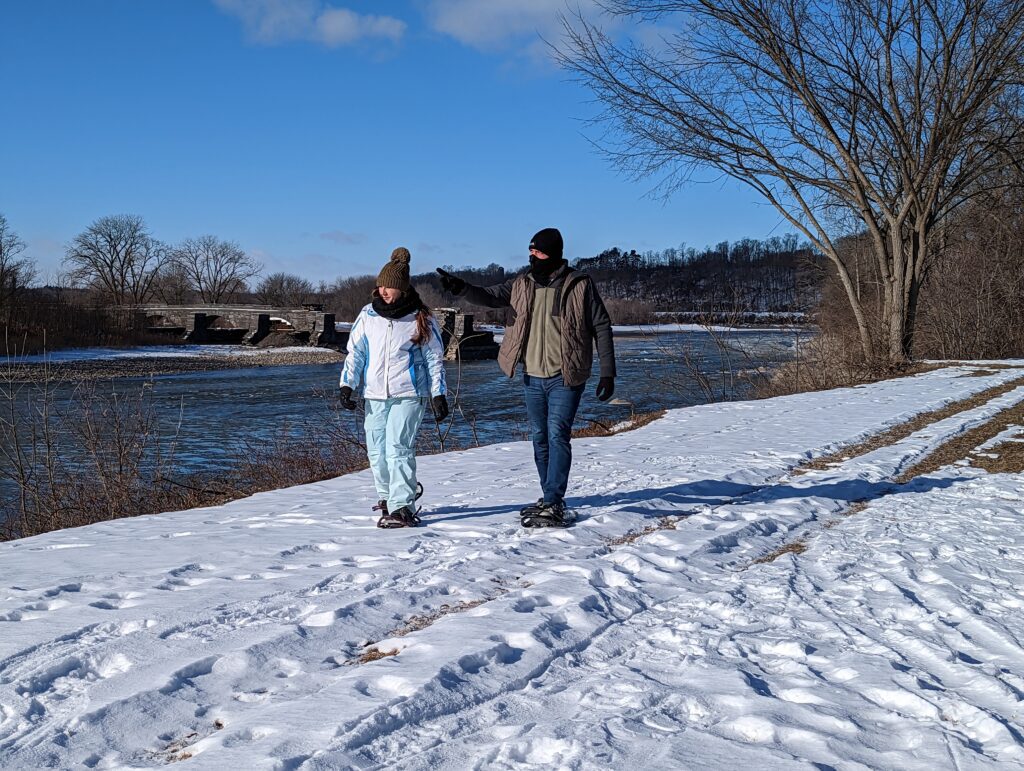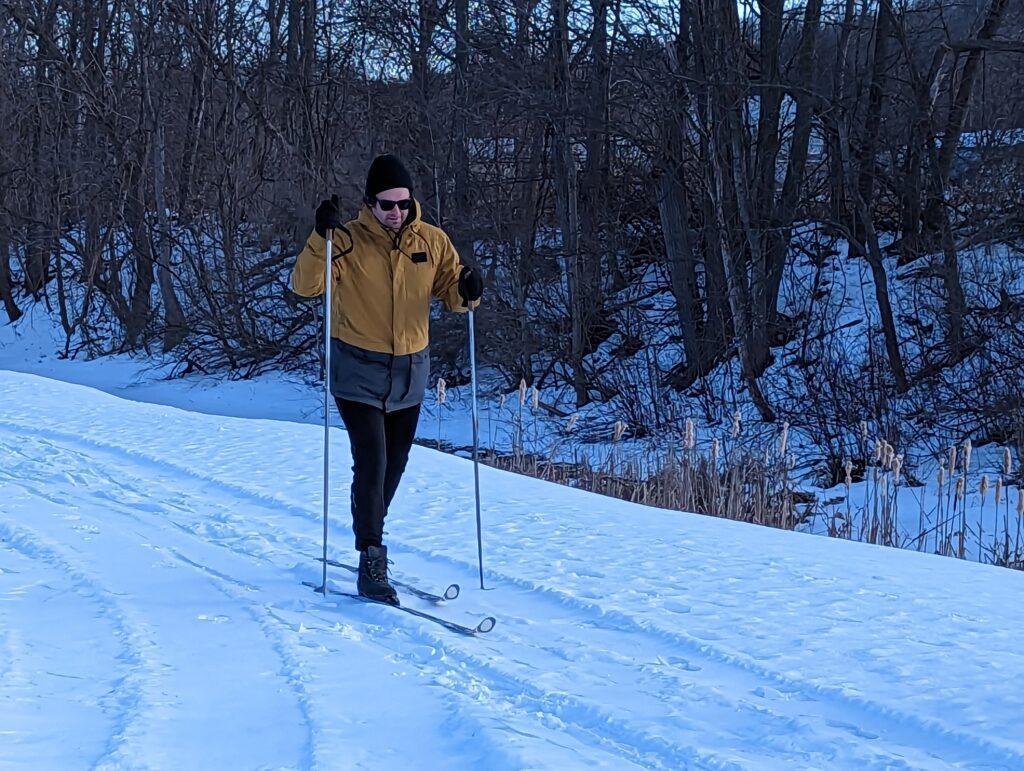Take a walk along the Chuctanunda Creek Trail in Amsterdam, New York, and you’ll discover more than nature. History and natural beauty collide along this small waterway that had a huge impact on the industrial development of this city along the banks of the Erie Canal.

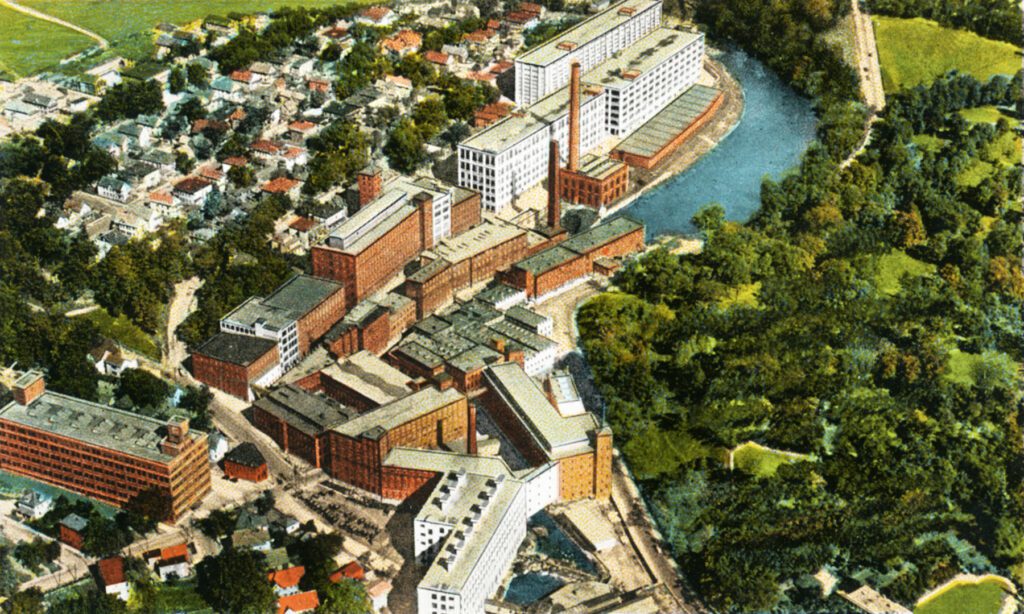
“The Canal was a big feature, but probably the main reason that Amsterdam grew here like it did was the Chuctanunda Creek and that’s because of the water power,” said Jerry Snyder, co-founder of the Historic Amsterdam League. “That’s why Amsterdam was even here. That’s what started it all.
“On early maps, you can see it’s referred to as the never-failing stream,” he said.
Thanks to a gradual 300-foot drop from the foothills of the Adirondack mountains, the Chuctanunda powered early mills that eventually spawned a unique industrial legacy in what was once called the “Rug City.”
It was here that textile mills graduated to a core group of carpet manufacturers led by S. Sanford & Sons, which was established in 1838. Sanford grew quickly and other carpet manufacturers – namely Shuttleworth Brothers Company and McCleary, Wallin & Crouse – followed. At one point, the Sanford’s operations included about 40 buildings.
“The trail gives you the opportunity to see not only the natural beauty of the creek, but also some of the industrial buildings that are still left,” Snyder said. “We do still have most of the Sanford complex. That’s like walking through a time capsule because you can see the evolution all the way from the early limestone buildings to sort of modern-day factories.”
It’s a unique experience in a city that was once filled with an ecosystem of factories that grew with each other. From boxes to buttons to brooms, these once provided the heartbeat of this busy city.
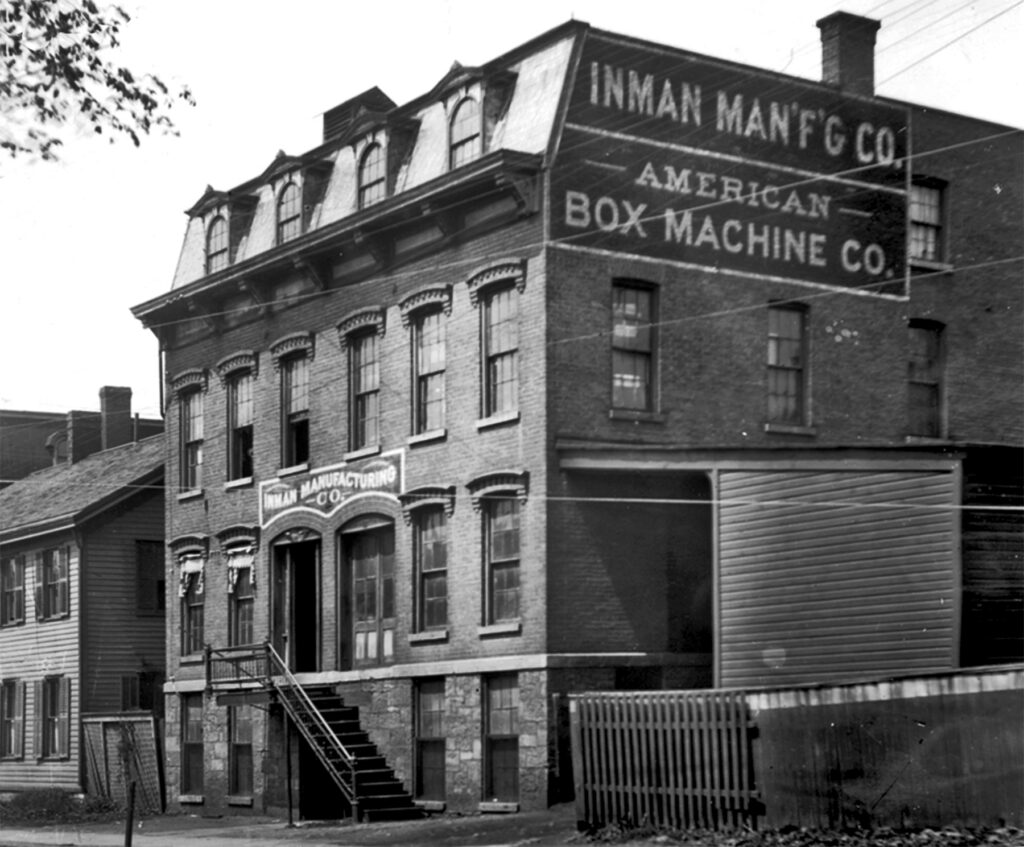
Inman Manufacturing/American Box Machine Co.
Founded by Horace Inman in 1874 to supply paperboard boxes to local industry, the Inman Manufacturing Co. pioneered the use of machinery to eliminate extensive handwork in box manufacture. Originally built only for in-house use, the equipment designed, patented and manufactured by Inman’s American Box Machine Co. quickly became the worldwide industry standard. Inman and his companies received medals for design and innovation at the 1893 Columbian Exposition.
Chalmers Knitting Co.
The Chalmers Knitting Co. was founded in 1901 on the use of “Porosknit,” a new locally developed breathable knit fabric, for the manufacture of men’s underwear. National advertising, including a landmark Times Square sign, spurred demand. At its peak, 600 mill employees produced 1,300 dozen garments there daily. The company passed from local ownership in 1945, with the Chalmers brand name continuing until 1957.
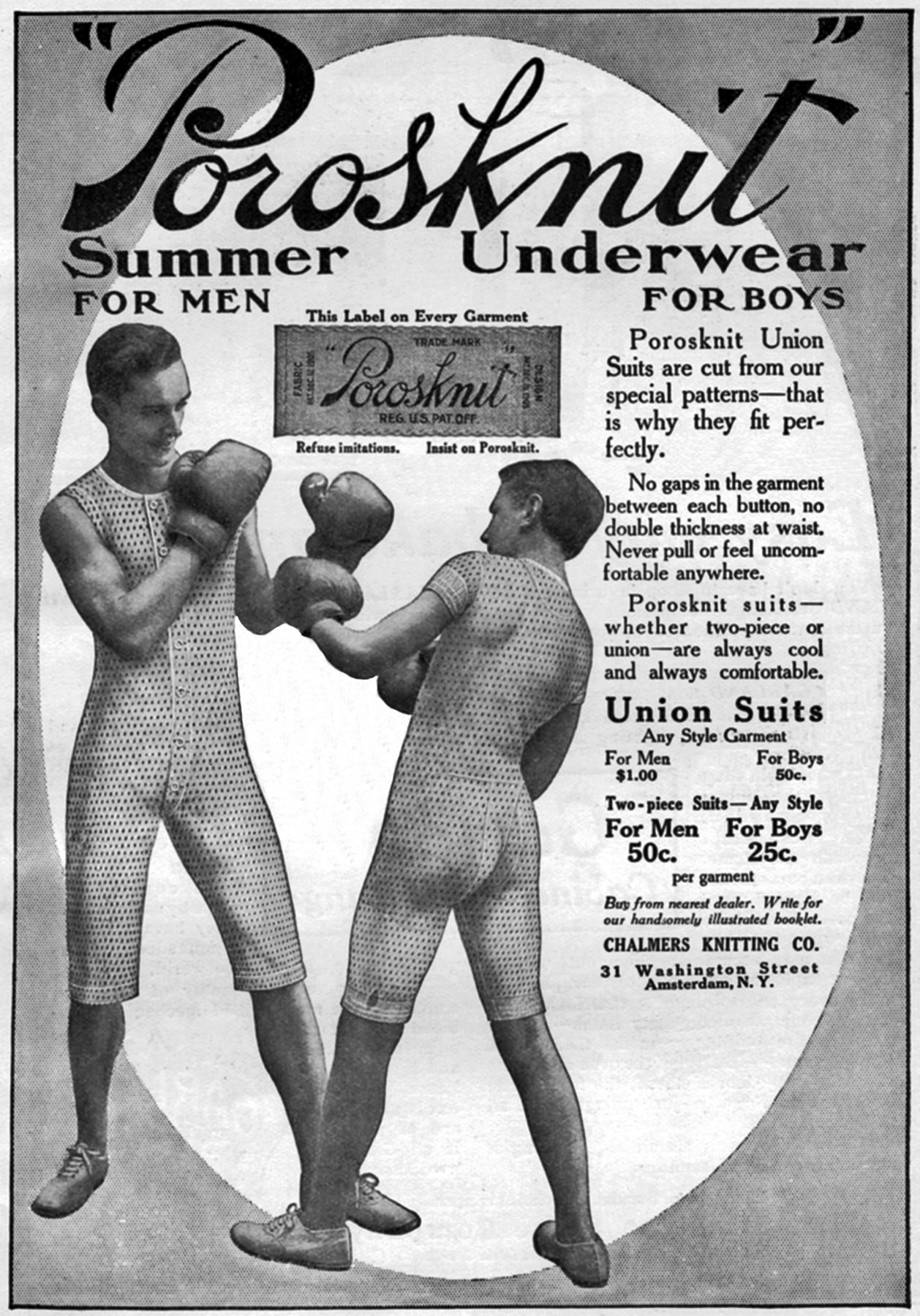

Coleco Industries
Founded in 1932, Coleco arrived in Amsterdam in 1964 for the production of recreational equipment such as backyard pools. Successful expansion into the electronic game field in 1976 was accompanied by expansion of the company’s local presence and workforce, peaking at over 4,000 in the early 1980s. Despite the enormous popularity of their Cabbage Patch Dolls, Coleco’s financial decline led by the ill-fated Adam home computer resulted in their 1988 bankruptcy.
Amsterdam Broom Co.
Founded in 1884 and destroyed by fire in 1909, the original mill was replaced by a larger structure, increasing the annual production capacity of 4 million brooms. At one time the largest independent broom manufacturer in the world, production in the city ended in 1966.
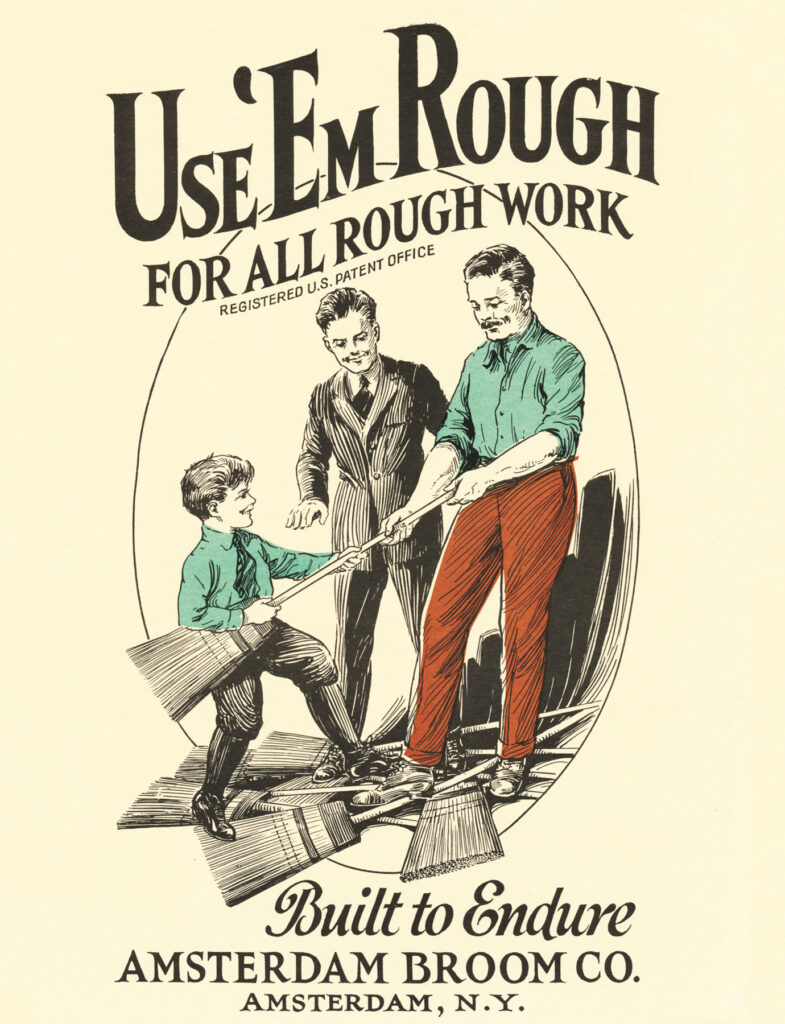
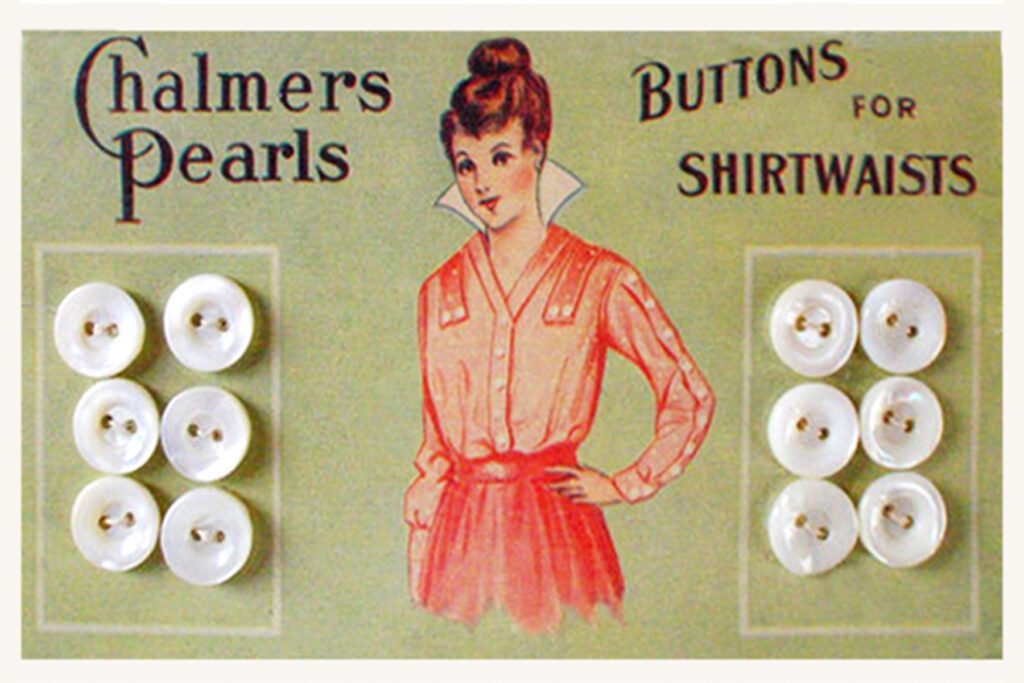
Hampshire Pearl Button Co.
Harvey Chalmers & Son Hampshire Pearl Button Co. began operation near the mouth of the Chuctanunda Creek in 1898. The first pearl button maker to advertise to consumers, Hampshire grew to become the world’s largest pearl button producer, only to see its market lost to zippers and plastics. Closed in 1964, the mills were razed in 1966.
While these mighty industries may have faded from the landscape, there are still many historical structures to explore in Amsterdam.
“We do have 13 properties on the historic registry and that makes an interesting little tour in and of itself,” Snyder said. “We do have very diverse architecture in the city. We have houses all the way from the early 1800s up through the modern day.”
And then there’s that Chuctanunda Creek Trail, which starts at the foot of the spectacular Mohawk Valley Gateway Overlook (MVGO) and winds its way through the city and along the water. The four-mile journey featuring waterfalls, bridges and dams gives a glimpse of the glorious past and modern charm of Amsterdam, which remains one of the historic jewels of Montgomery County.

